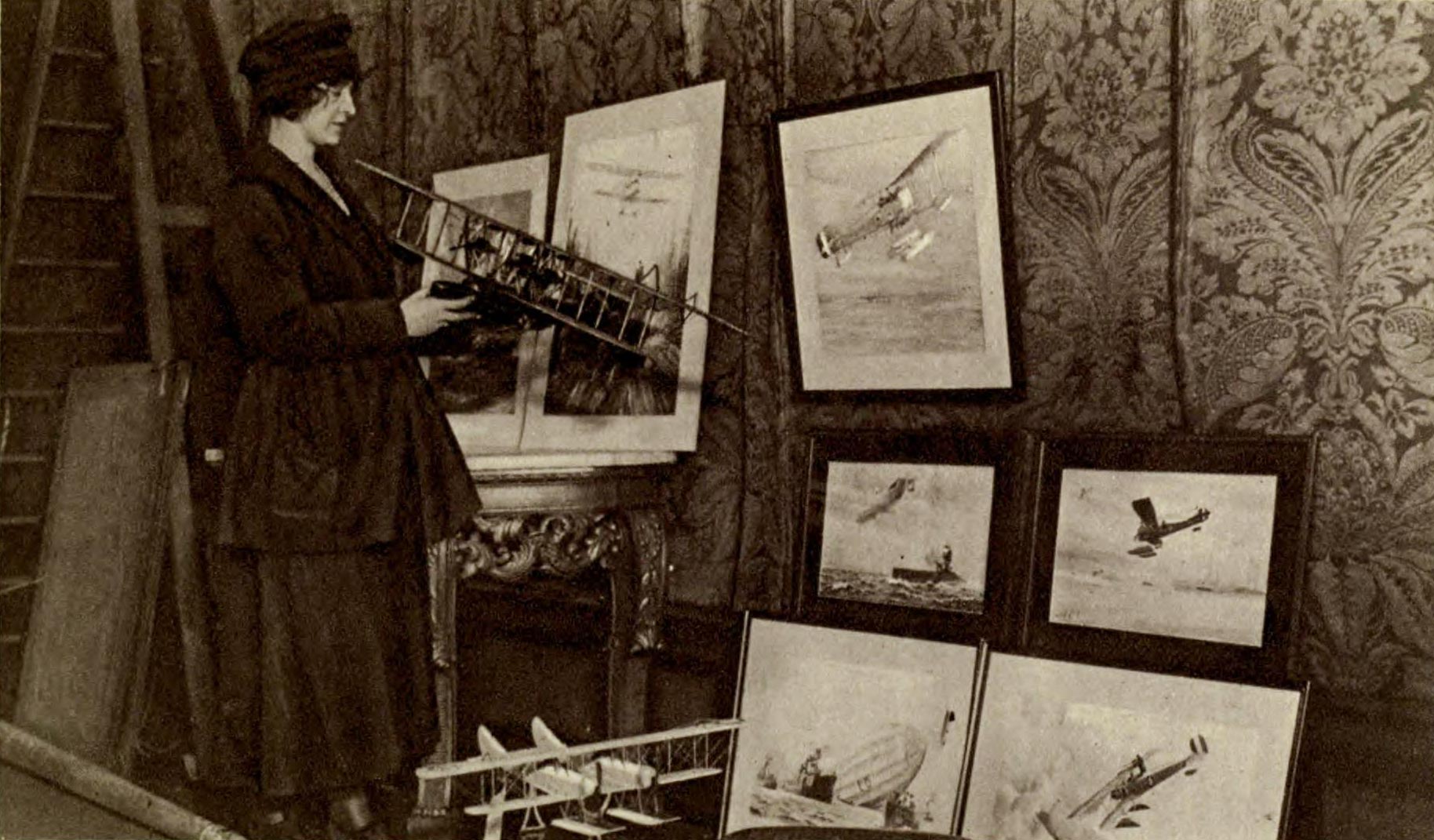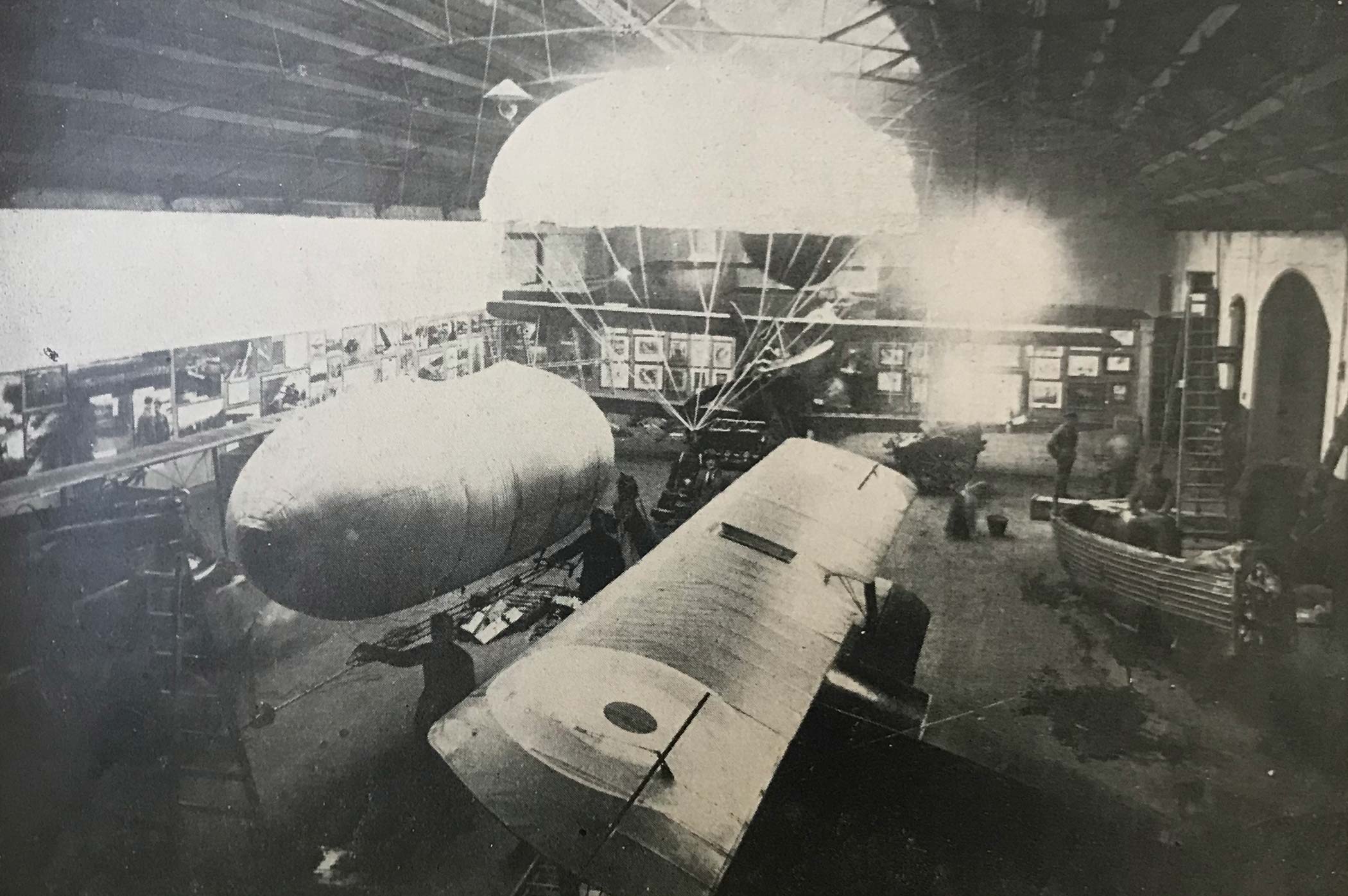Dublin air show proves huge attraction
Dublin, 24 December 1917 - An air service exhibition has opened in Dublin to huge crowds.
Within an hour of opening, 1,000 visitors had filed into the Earlsfort Garage, lured by the heavy promotional efforts of recent days and the prospect of experiencing something unprecedented.
To promote the opening of this unique exhibition in Dublin, the principal organiser of the event – the Countess of Drogheda – undertook a spectacular flight across the city, beginning at the Phoenix Park and travelling as far as Kingstown before returning to her point of departure.
The flight was witnessed by thousands of people, and at various locations along the route, promotional leaflets were dropped from the airplane to the ground.
The exhibition, which has previously visited major British cities, showcases a collection of fighter planes used by both sides in the present war, including a captured German Gotha Bomber; a German Albatross, captured by the Captain Ball V.C.; portions of destroyed Zeppelins, photographs and war souvenirs.

|

|
Lady Drogheda with war memorabilia including the skeletal remains of a destroyed zeppelin and to the right, she is examining a model aircraft (Image: Illustrated War New, 24 Jan 1917)
In his remarks opening the exhibition, the Lord Lieutenant paid tribute to the role that Irishmen had made to the development of human flight. He mentioned Harry Ferguson who he described as the ‘first Irish pilot’, who many years ago flew a machine of his own making. He also referred to Lt Warneford and Lt Rhodes-Moorhouse, two Irishmen in the British air service who recently were awarded the Victoria Cross.
The Lord Lieutenant spoke of his optimism that Ireland might develop as a centre for aviation development in the post-war years. Ireland, he said, was the ‘land outpost of the Western World’ and could in the future form a station for transatlantic journeys.
All proceeds from the exhibition are to be directed towards the equipment and maintenance of hospitals that care for injured pilots. The exhibition runs for a fortnight, after which it will travel to the United States.
The entrance fees are one shilling from 10am to 4pm; six pence from 4pm to 10pm; children, three pence.
Furthermore, a ‘great flight lottery’ being run in tandem with the exhibition will offer some lucky individual the opportunity to experience the thrill of flight for themselves – tickets for which can be purchased for 1s each.
The organisers hope that the exhibition will stimulate an interest in aviation and raise awareness of its history, progress and contribution to the ongoing war effort.
[Editor's note: This is an article from Century Ireland, a fortnightly online newspaper, written from the perspective of a journalist 100 years ago, based on news reports of the time.]





















